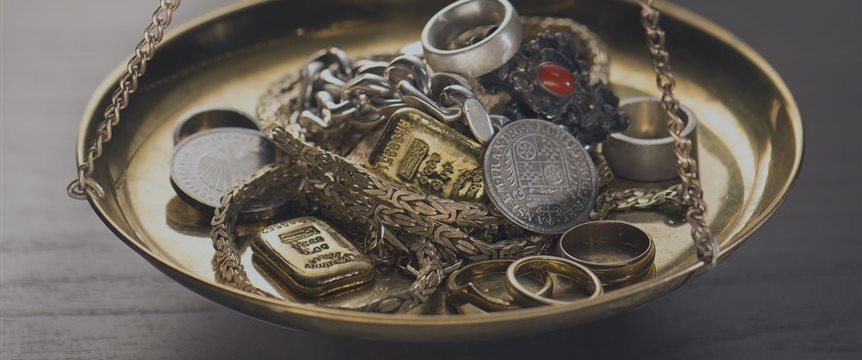
Despite the general bearish sentiment towards gold, which was fueled after the metal hit a four-week trough on Monday, one German bullion dealer maintains upbeat forecasts.
Last week Degussa Goldhandel opened its first Asia Pacific office, in the center of Singapore's shopping and lifestyle district, Orchard Road. Degussa chief executive Wolfgang Wrzesniok-Rossbach said in an interview with CNBC that he was optimistic about the precious metal's future.
"If you ask me where from here in the next year, I think $1,500 is more likely than a $1,000 in the next 12 months," he said.
In contrast, Goldman Sachs said in a recent note
that short upsides in gold prices have not changed the dim outlook for
gold over the longer term, especially as the Federal Reserve is on its way to tightening. Similar to the expected Fed rate hikes, Goldman considers the
decline in gold prices would be gradual, with the metal slipping to
$1,100, $1,050 and then $1,000 over the next three, six and 12 months.
Degussa's Wrzesniok-Rossbach, however, has a strong argument against this vision.
He says oversupply of scrap gold and a disinvestment in gold exchange-traded funds (ETFs) in Western countries have kept gold prices low in the past. However, these "two major factors actually depressing the price in the last two years have fallen away".
Gold has been considered a shelter asset amid political uncertainty and volatility in
capital markets which were creating a need for diversification in investment
portfolios, said
Wrzesniok-Rossbach, noting there has been higher demand for the yellow metal on the
retail side - a segment that makes up a majority of the company's
business.
The firm sells gold bars and coins to individual retail investors and has a developing jewelry and lifestyle business. Degussa also buys scrap gold - old, worn jewelry, or bars and coins - in Europe, which is not yet available in Singapore.
Asia demand
Mounting appetite for the yellow metal in Asia was behind Degussa's expansion plan. And the decision to open the first outlet in Singapore was driven by the
promising "gold-oriented" atmosphere in the city-state. The attraction was supported by a culture of
gold-minded consumers, lower taxes on investment gold and financial and
political stability.
What Degussa always keeps in mind is China -
the largest consumer of gold in the region, even as concerns grow over a slowdown
in the world's second largest economy and a decline in gold purchases
amid Beijing crackdown on corruption that has hampered spending on
luxuries.
Degussa's view on China echoes the one
of Nomura's analysts, who said in a note last week that while gold
demand was likely to be negatively affected by a slowdown in
China, the "magnitude might not be as significant as anticipated."
Economists wrote that the value of China's gold, silver, and jewelry retail sales saw a 2.4 percent year-on-year rise over the first three quarters of the year, against a dipping gross domestic product (GDP) growth rate. But as they noted, this increase was more due to a trend in price mark-ups by retailers, which makes gold jewelry more expensive for Chinese consumers. And this would likely add to an overall decline in demand for gold jewelry in the country.
Fed rate hike
Wrzesniok-Rossbach does not think that a Fed rate increase, and a stronger greenback, would cause further decline in gold demand.
"Public opinion is often just looking at
the dollar price, in all the countries," he said. In markets
where gold has proven its role as a safe haven, a shift in the
precious metal's dollar price will not hurt investment appetite,especially because in many of these markets, such as China and
Germany, locals are unable to invest in dollars.
"For them, an investment in gold is also an investment against the depreciation of [their own] currency," he said.


